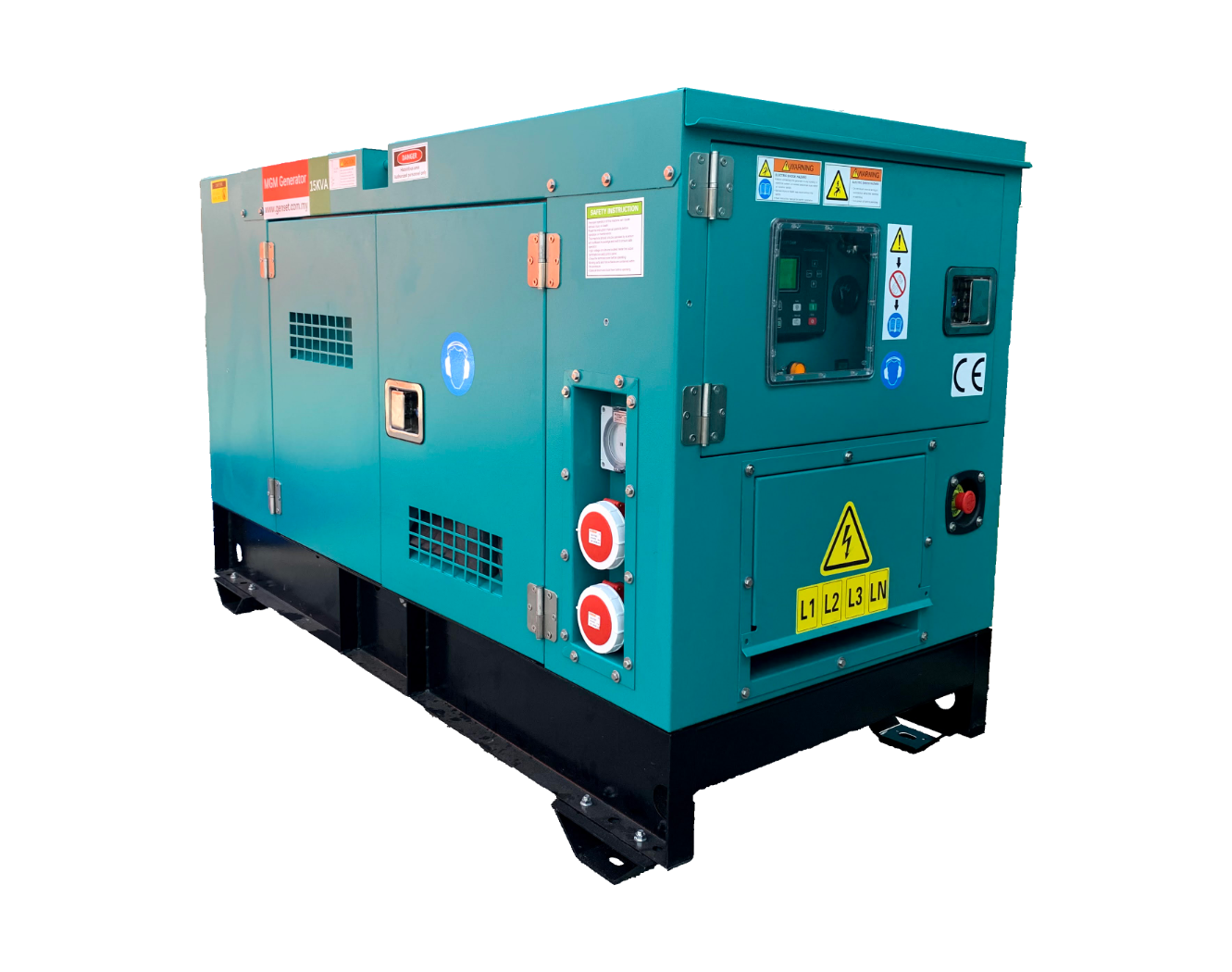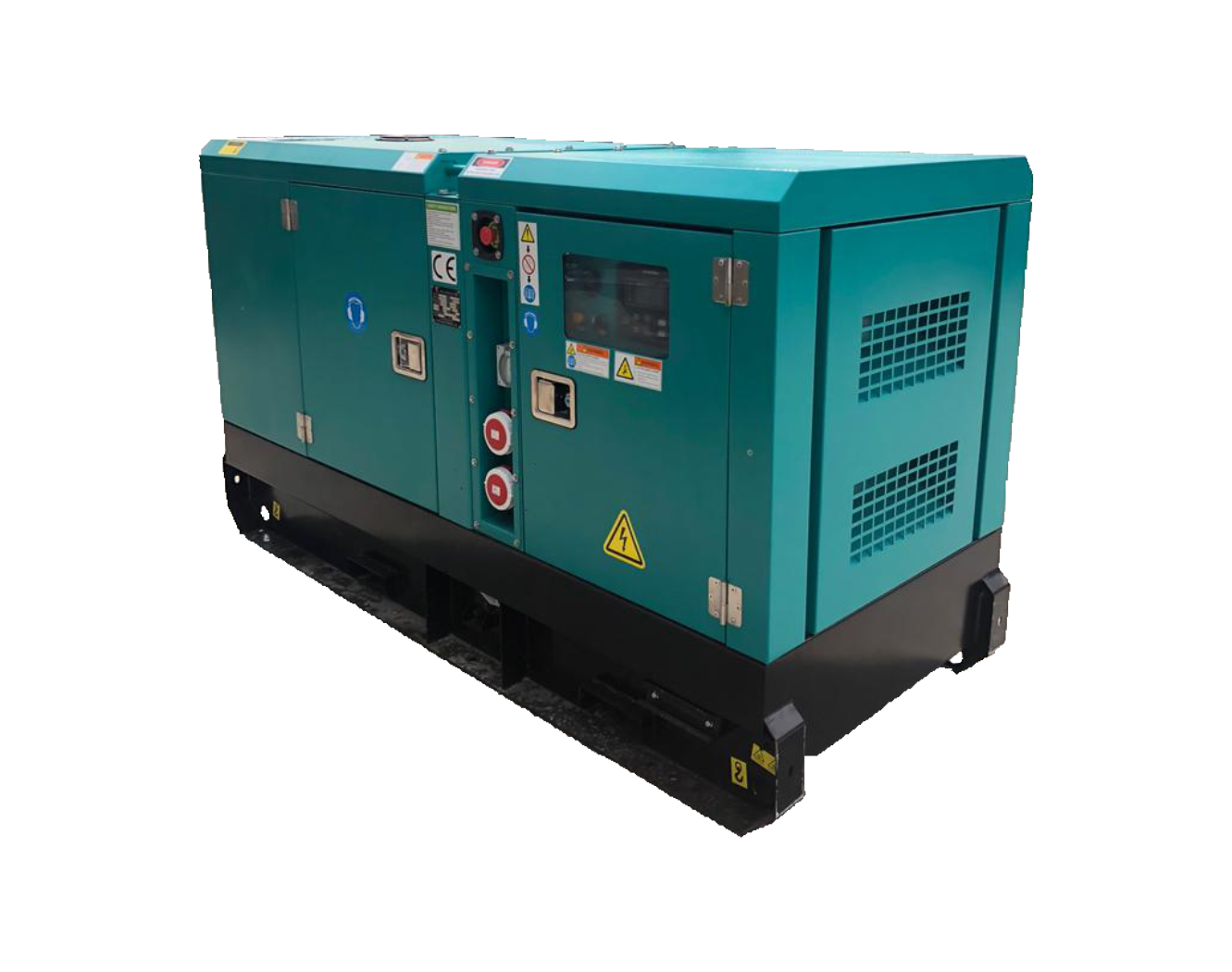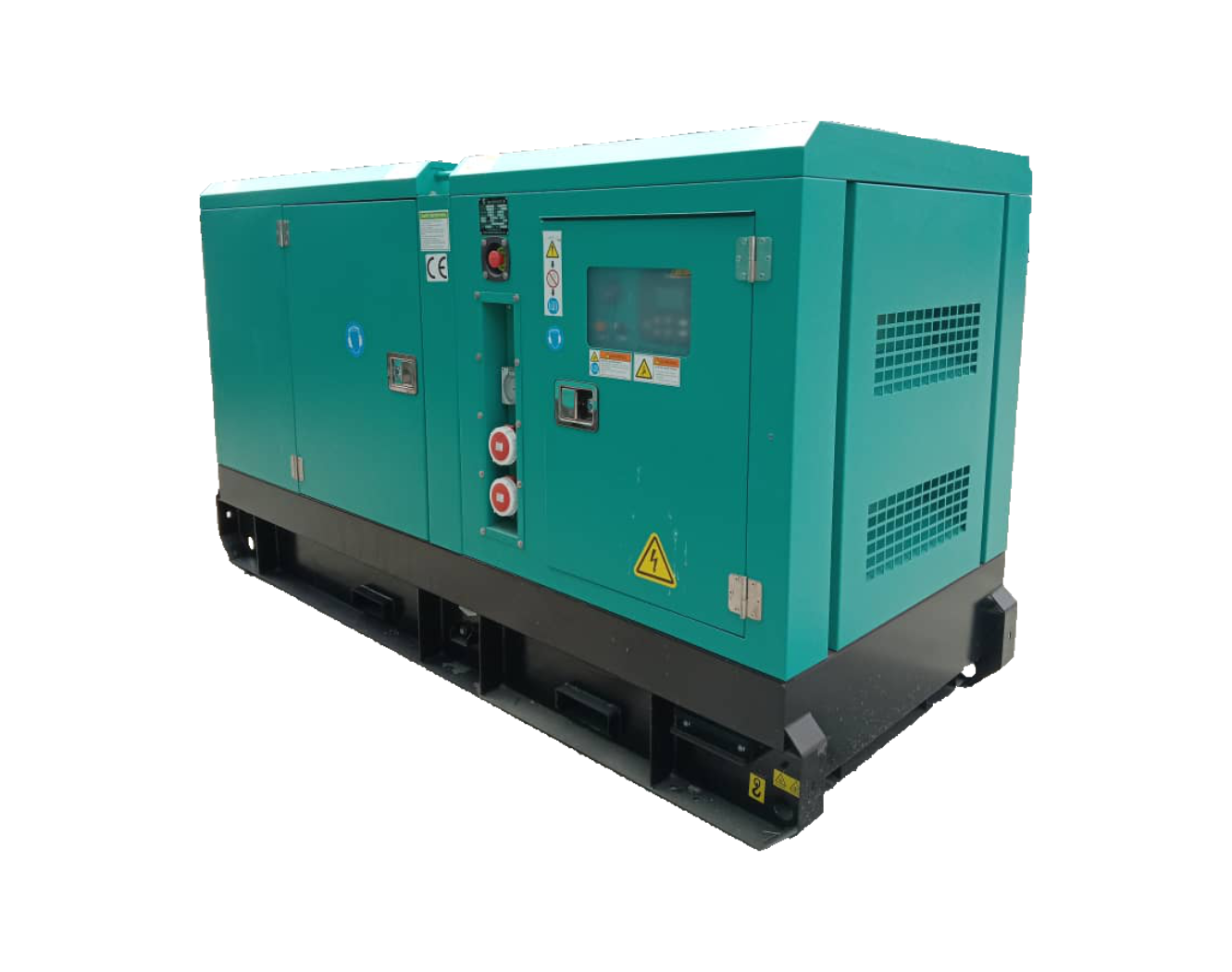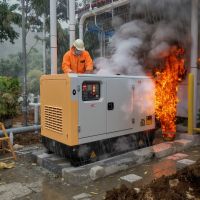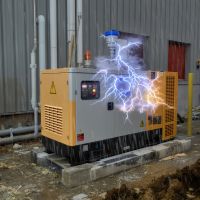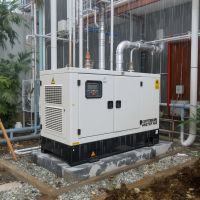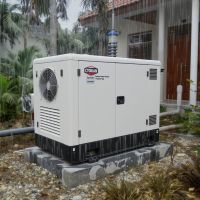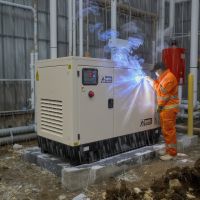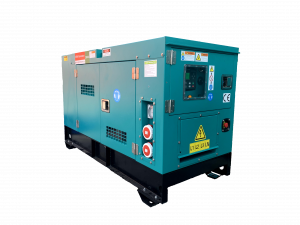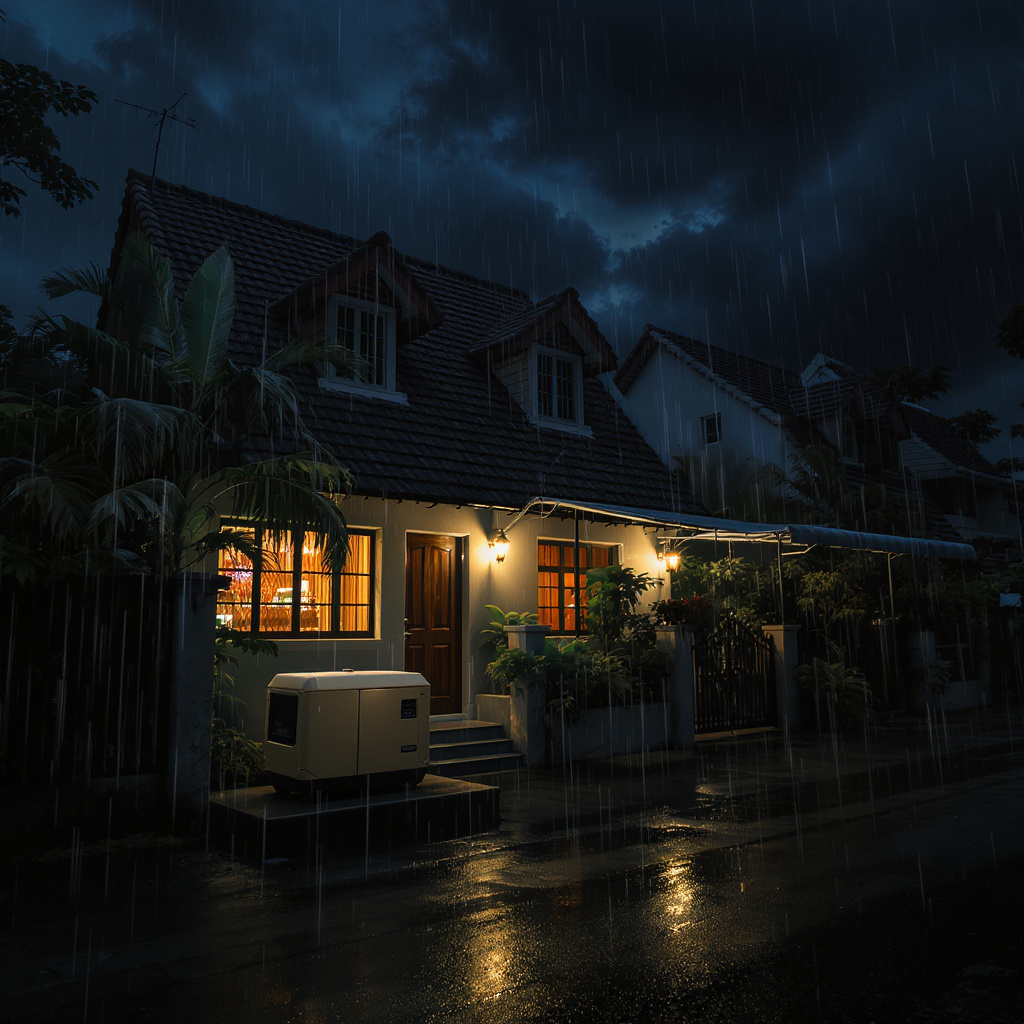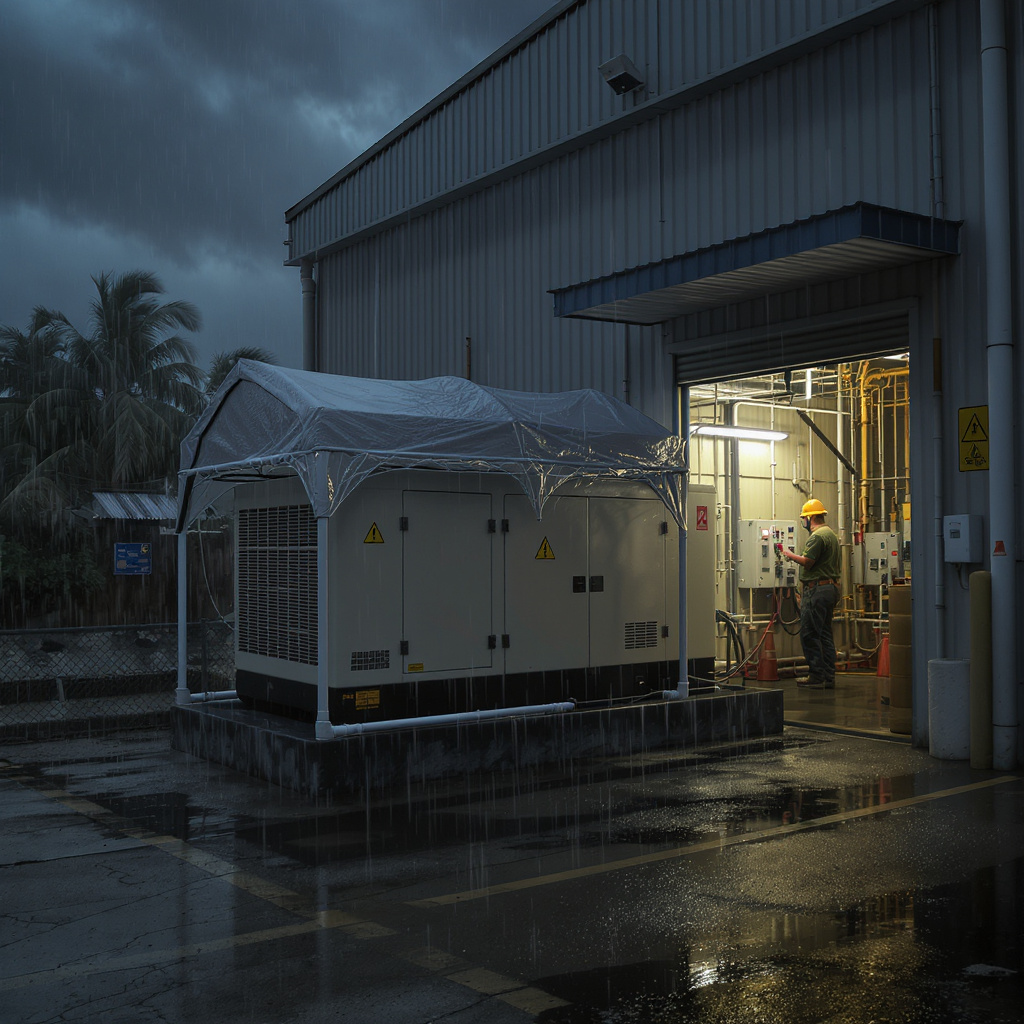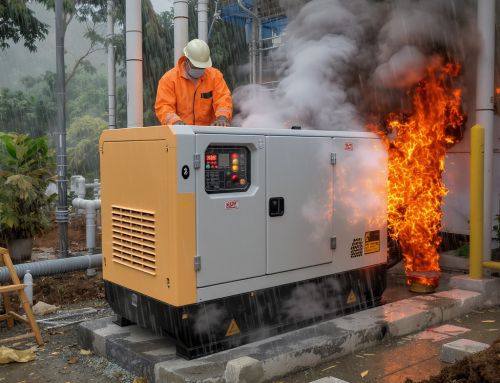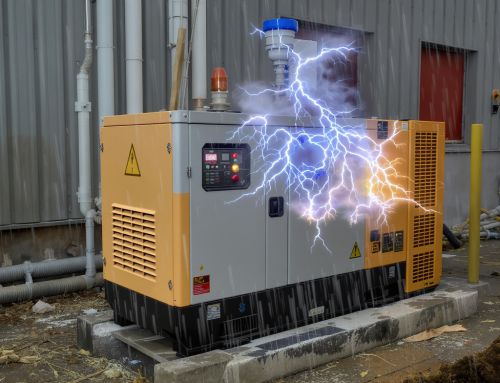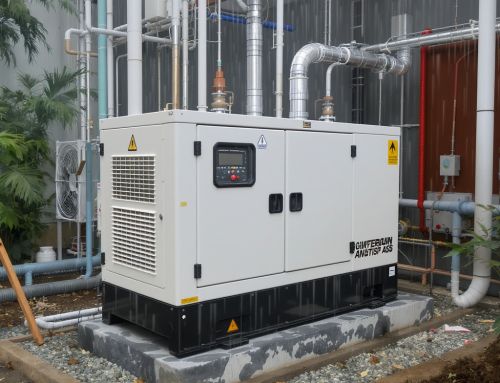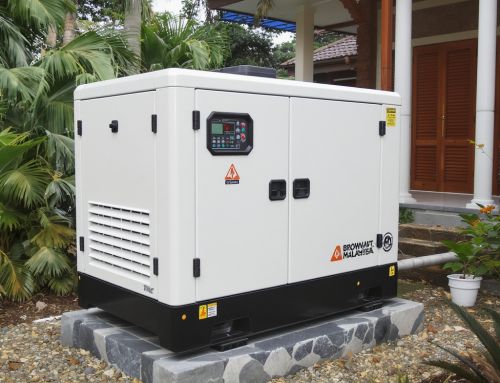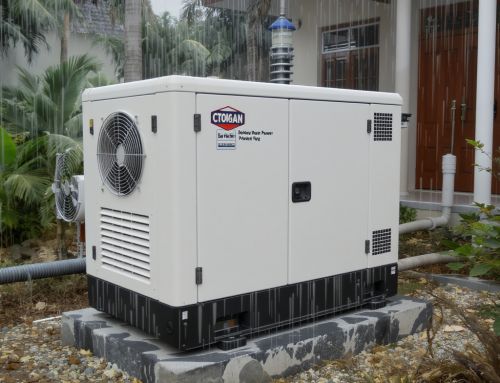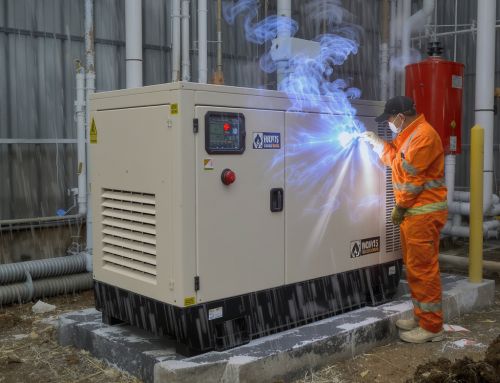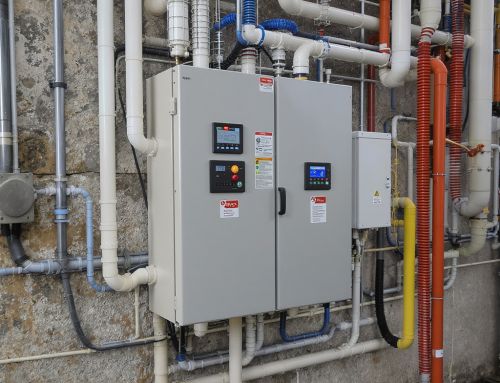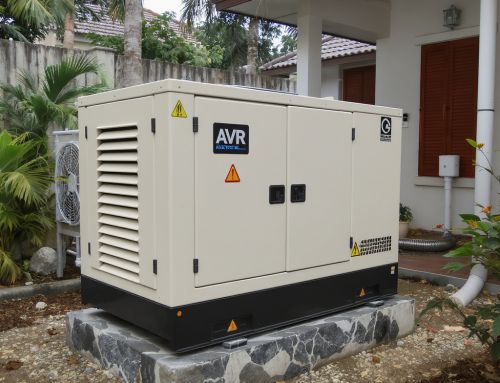Monsoon Blackouts in Malaysia: ROI and Safety Benefits of Backup Generators for Homes and Factories
Every monsoon season in Malaysia brings heavier rain, stronger winds, and an increased risk of grid interruptions. Whether you manage a household or a light-industrial facility, a well-sized backup generator is more than a convenience—it’s a smart investment in safety, uptime, and long-term cost control. This guide explains why now is the right time for homeowners and factory operators to evaluate a standby generator, how the return on investment (ROI) stacks up, and what practical steps will get you ready before the next storm hits.
Why monsoon blackouts demand standby power
Outages rarely arrive at a convenient time. For homes, they disrupt daily life, compromise food safety, and can endanger vulnerable family members who rely on medical devices. For factories, unplanned downtime can cause scrap, missed deliveries, and safety risks when machinery stops mid-process. A properly installed backup generator with an automatic transfer switch (ATS) can restore power in seconds, maintaining critical loads without manual intervention. In short: fewer disruptions, safer operations, and a calmer response when the lights go out.
For Malaysian homes, a compact, quiet set can cover essentials like lighting, refrigeration, fans/AC for key rooms, and critical electronics. For SMEs and factories, a commercial unit ensures production continues, protecting revenue and customer commitments even when the grid is unstable.
Homeowner ROI: comfort, protection, and lower lifetime cost
Think of a home backup generator as insurance that pays dividends. Avoiding the loss of a freezer full of food, protecting electronics from damaging surges, and ensuring climate control during heat spikes all add up. When you factor in today’s frequent, short-notice outages, the payback period shortens further. A properly sized unit also preserves your home’s security system and internet, keeping you connected in emergencies.
For many landed homes, a 10–30 kVA range can be appropriate depending on essential loads and AC usage. Explore options like the 30 kVA MGM Generator to cover typical essentials with quiet, efficient performance. The right sizing approach starts with a load audit: list critical circuits, note starting currents for motors (like water pumps and refrigerators), and include headroom for future needs.
Factory ROI: uptime, quality, and contractual performance
In manufacturing and processing environments, minutes matter. A generator eliminates unplanned downtime costs—idle labor, scrapped material, and missed delivery penalties—while protecting equipment from abrupt power loss. Many Malaysian SMEs find that maintaining baseline production during blackouts is enough to protect margins and reputation.
Small to mid-size facilities often consider the 40–80 kVA bracket for critical lines and support systems, scaling higher as needed for full-plant coverage. A proven option is the 60 kVA MGM Generator, which pairs well with an ATS for seamless switchover. Beyond pure kVA, look for low total harmonic distortion (THD) for sensitive electronics, and acoustic canopies to meet urban noise limits.
Safety and compliance come first
Safety is non-negotiable—during storms and every day after. Ensure installations follow Malaysian standards and manufacturer guidelines: proper earthing, certified ATS wiring, correct cable sizing, exhaust routing away from windows, and clearance that supports ventilation and service access. Acoustic canopies help meet noise requirements, while bunded bases or plinths with drainage mitigate spill and flood risks in heavy rain. Regular load-bank testing and fuel checks keep systems reliable.
Practical considerations: sizing, placement, noise, emissions
- Sizing: Start with your critical load list. Add motor starting currents and a margin for growth. Avoid chronic underloading, which can cause wet stacking in diesels; right-size or specify a generator with load-management capability.
- Placement: Prefer elevated plinths in flood-prone areas, adequate clearance, and compliant exhaust discharge. For homes, consider property lines and neighbor proximity; for factories, plan cable routes and transfer switch location.
- Noise: Acoustic enclosures and strategic placement dramatically reduce impact. Verify dB ratings and consider additional barriers if you’re in dense neighborhoods.
- Emissions and fuel: High-efficiency engines and clean diesel reduce smoke and smell. Maintain filters and consider low-sulphur fuel for better performance and compliance.
Financing and ownership options
From outright purchase to financing structures, there are multiple paths to ownership. For many households and SMEs, spreading costs while gaining immediate protection during monsoon season makes financial sense. Ask about warranty coverage, service intervals, and remote monitoring to reduce lifecycle cost and improve reliability.
Get ready before the next storm
The best time to act is before the grid goes down. Our team can help you assess loads, select a home or commercial generator that fits your budget, and install with compliant safety practices. If you’re unsure where to start, contact us for a quick consult and load assessment. Reach out via our contact page, email genset@genset.com.my, or call +60129689816. We’ll help you choose the right capacity and configuration so your home or factory stays powered—rain or shine.

